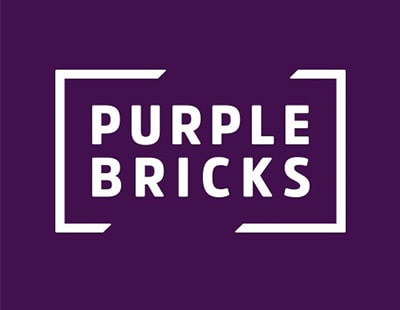
The Tenancy Deposit Scheme has commissioned buy to let expert Kate Faulkner to assess issues in the private rental sector - and she says a key priority for agents and landlords should be to tackle damp, condensation and mould.
Kate Faulkner, founder of PropertyChecklists.co.uk and consultancy Designs on Property, says in a report for the TDS Charitable Foundation that agents and landlords should treat the problems with greater urgency.
Her report finds that 41 per cent of renters have experienced mould and 38 per cent have experienced damp.
“Damp and mould is undoubtedly one of the biggest problems in the UK private rental sector, affecting the lives and properties of literally millions of people. But the problem is completely avoidable” she insists.
“By tackling these perennial problems, we can significantly improve the sector, not only in terms of the quality of the tenants’ experience but also the value of properties and landlords’ yields.
“There are a number of steps that the sector as a whole must take to drive out damp, condensation and mould. Many people, including residents, landlords and even agents, do not recognise the first signs of these problems occurring, or understand how to fix them.
“There is also confusion over whose responsibility it is to treat the problem, so the first step is to educate the PRS on damp, condensation and mould in terms of prevention, identification, and treatment” she says.
Faulkner believes a tenant checklist could be introduced to assess a property before a lease begins, or more comprehensive surveys before buy to let mortgages are granted could help avoid substandard properties with existing water issues entering the market.
“Although damp, mould and condensation can be the basis of disputes between tenants and landlords over who should shoulder the burden of correcting it, it is always in the landlord’s interest to nip it in the bud and fix the problem” she adds.
“Damp and mould can lead to respiratory and health problems for the tenant for whom landlords are legally obliged to provide and maintain a safe and comfortable property. If a tenant identifies a moisture problem in the property, it is their responsibility to report it in writing to the agent or landlord. If they do not respond within 14 days or fail to make repairs, they may be unable to evict the tenant further down the line.
“Not only are there legal obligations on landlords to bear the burden of damp and mould repairs, but if left untreated, the problem will only spread, costing more to fix, reducing the resale value of the property and its potential rental income.”
You can read Faulkner’s full report here.







.jpg)






%20-%20IMAGE%20Client%20Accounting%20%E2%80%93%20what%20are%20your%20options.jpg)

%20(002).png)
.png)
.png)

%20(002).jpg)







Join the conversation
Jump to latest comment and add your reply
In our own experience the main cause of damp, mould & condensation is the tenants. Agreed a sub standard property, which we would not take on our books anyway, might indeed have a structural issue that causes damp but we have never handled one though I did once value a flat for sale with a bad problem caused by an overflowing gutter.
Almost always the cause is tenants who feel that as they are paying for the heating they will not open windows in order to let out warm damp air which will naturally condense on colder windows or walls and create the problem. Tenants very often hang their washing or the radiators even where landlords have provided a washing line, taking the same attitude. Not very many home owners will abuse their homes in the same way and guess what, as a result not many privately owned homes suffer this type of damp yet are otherwise identical to the 'damp problem' tenanted home. Education helps and we do issue a 'damp control' document to all tenants and inspect every 3 months, but there are some tenants who know that they are causing the problem and why but do not care at all.
.....a key priority for agents and landlords should be to tackle damp, condensation and mould.....
Come on lads & ladies - on with the overalls and off you go - for free of course!
The biggest problem with damp is a diatribe like the above. Of course there are a few lousy properties that are bad bust mostly the situation is due to lack of cleaning. Dirty windows provide food for mould. A little bit of condensation sets it growing.
I can see a little mould starting up on my window next to me as I type. When we get a warm spring day my house commander (nice lady) will tell me to get off my backside and thoroughly clean all the window frames, inside the frames as well, in the house. Generally once every two years is enough but it has to done. Cold walls are another problem but we have so many building regulations that it is impossible for mould to grow on these walls. Just trying to be positive there.
Please login to comment